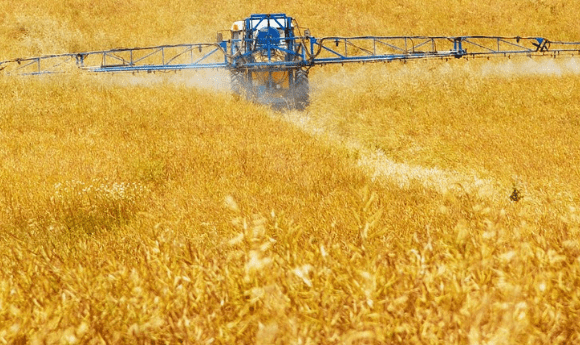Scientists aim to combat world’s phosphorus shortage

A new model can predict conservation outcomes for sustainable phosphate mining.
Phosphorus plays a vital role in the world’s food production; it is a mineral that is a key ingredient in most fertilizers and is found predominantly in the form of phosphate rock. In order to keep up with the demand of crops that must be grown for our planets ever-increasing population, phosphate use has quadrupled in the last 50 years.
Most countries do not have their own phosphate supplies, the majority is exported from Morocco, a country experiencing increasing political unrest. It is feared that phosphate is currently being mined unsustainably, while reserves could potentially sustain the worlds needs for centuries, it is finite and new sources are unlikely to be discovered.
“The model allows us to answer specific ‘what if’ questions to see how certain changes in human behavior could significantly improve the conservation of this resource and by extension, help sustain the world’s food production.”
A team of researchers at Stevens Institute of Technology (NJ, USA) have developed a model to explore the flow of phosphorus in the environment and food production to ascertain potential avenues for conservation.
“Phosphate is spread across the planet but hardly recycled,” explained study lead David Vaccari. “The model allows us to answer specific ‘what if’ questions to see how certain changes in human behavior could significantly improve the conservation of this resource and by extension, help sustain the world’s food production.”
The team created a demand-driven substance flow model, incorporating ‘knobs’ that can be tuned to generate various conservation scenarios based on potential changes that could be made. The model recalibrates when a saving in phosphorus use can occur, calculating what percentage of phosphate mining could potentially be reduced.
- Manipulating crops to cope with climate change
- Discovery of vital plant gene boosts hope for improved crops
- The not so a-maize-ing effects of corn
The model demonstrated that dietary changes could have a massive impact on the amount of phosphorus we require. Large amounts of crops that phosphate fertilizers are used to grow are fed to animals to produce meat. Reducing meat consumption or switching to meats that require less feed could decrease the demand for phosphate mining.
In the past human waste would be utilized as a natural fertilizer, the phosphorus the waste contained would re-enter the cycle. However, now the majority of human waste is deposited in the sea. This new modeling suggested that even if 100% of human waste was recycled phosphorus mining could be reduced by approximately 16%.
The model also demonstrated that in a scenario where the world could no longer rely on phosphorus mining, it would only be able to sustain one-third of the current population. Conversely, if maximum efficiency was achieved then it would possible to support double the world’s population.
The continued addition of phosphorus to crops has an additional downside, agricultural runoff into lakes and rivers contributes to eutrophication and water pollution.
This study provides an insight into the steps that must be undertaken to ensure sustainable phosphate mining. However, more research will need to be carried out regarding how to effectively put these lessons in to practice.





